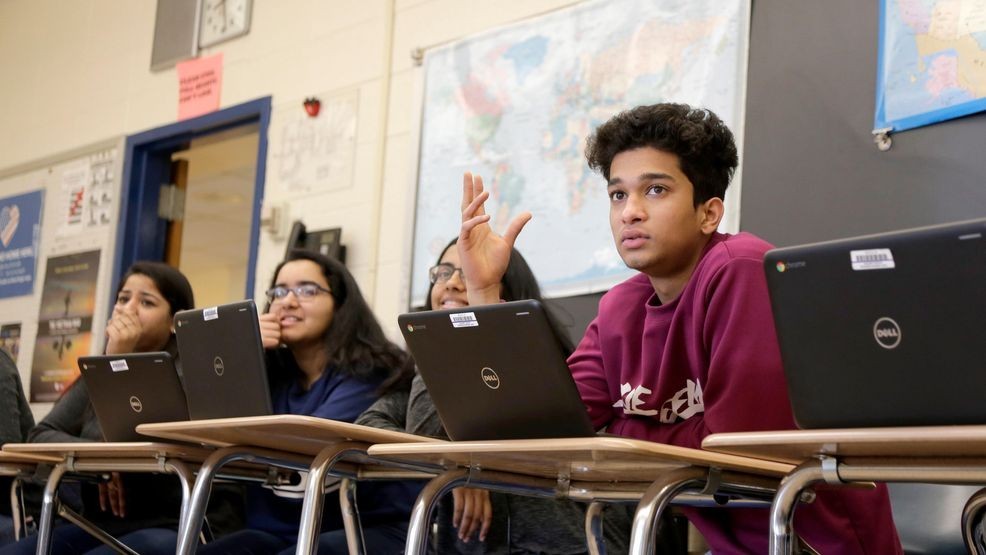(TNND) — More teachers and students are using artificial intelligence, but district policies on AI are lagging, according to a RAND report.
RAND surveyed teachers, students and school officials and found that more than half of both students and teachers use AI for school.
The surveys, mostly conducted last winter and spring, didn’t get into specific use cases. But the lead author on the report, Christopher Doss, said students are using AI both in the classroom as part of lesson plans and for their homework.
And AI use is growing “pretty rapidly,” Doss said.
AI use was up about 15 percentage points for students over the previous year and up about 25 percentage points for teachers.
Students and teachers at higher grade levels were more likely to use AI, Doss said.
About 40% of middle school students said they used AI, whereas more than 60% of high school students used AI.
Much of that use seems to be self-driven, given the lack of school policies on AI.
RAND researchers found that 26 states are providing AI guidance for K-12 schools. But under half of principals said that their schools or districts have AI-use policies. And only about a third of teachers said they have policies regarding AI use specific to academic integrity.
Half of the surveyed students said they were worried about being falsely accused of using AI to cheat.
Doss said the lack of policies results in a lot of ambiguity.
“So, there’s a lot of gray area about what a student would use AI for,” he said. “So, for example, if they’re writing an essay, and they ask the AI to critique something that they wrote themselves, is that cheating? And then if they edit it off of that, is that cheating?”
Over 60% of parents and over half of high schoolers also said that the greater use of AI will harm students’ critical-thinking skills.
“There’s this acknowledgment around students that not all AI use in schools is a productive use,” Doss said.
Just 22% of district leaders agreed that the greater use of AI will harm students’ critical-thinking skills.
Doss said that perhaps reflects that district leaders are focusing more on how AI knowledge will be important for students as they enter the workforce in the years to come.
“This is an argument why you need these policies in order to really guide that use, so that you capture the positives, but then try to avoid those negatives,” Doss said.
